5 Steps for checking for breast cancer
5 Steps for checking for breast cancer
There is no one-size-fits-all approach to checking your breasts. However, it’s crucial to understand how your breasts normally look and feel. That way, you’ll be able to notice any changes quickly and report them to your doctor. Self-examination of your breasts on a regular basis can help you detect breast cancer early, when it’s more likely to be treated effectively.
Breast Self-examination
Be Breast Aware
Breast cancer, a disease in which the breast cells grow unnaturally and out of control, is one of the most frequent types of cancer. It’s critical to look for breast cancer early when it’s still treatable. Breast cancer develops silently, but it can be identified by a variety of screening procedures, one of which you can perform at home.
Breast self-awareness, or familiarity with the usual appearance and feel of your breasts, will aid you in recognising changes as they occur and, perhaps, detecting breast cancer. Some people’s first indicator of breast cancer is discovering a lump (or a measurable breast tumour) on their own. Any lumps should be evaluated by a medical practitioner to rule out or confirm the possibility of breast cancer.
In terms of size, shape, and consistency, every woman’s breasts are unique. It’s also possible that one of your breasts is bigger than the other.
Learn to recognise how your breasts feel at various times of the month. During your menstrual cycle, this may change. Around the time of their period, for example, some women experience sensitive and lumpy breasts, especially near the armpit.
Normal breasts become softer, less hard, and less lumpy after menopause.
If you’re a woman, it’s critical that you know how your breasts look and examine them on a regular basis. This will assist you in recognising any changes or anomalies as they arise.
All breast lumps should be examined by a doctor. Unusual lumps or bumps in the breast tissue should be checked out by a doctor. The great majority of lumps do not turn out to be malignant.
Performing a
Breast Self-Examination
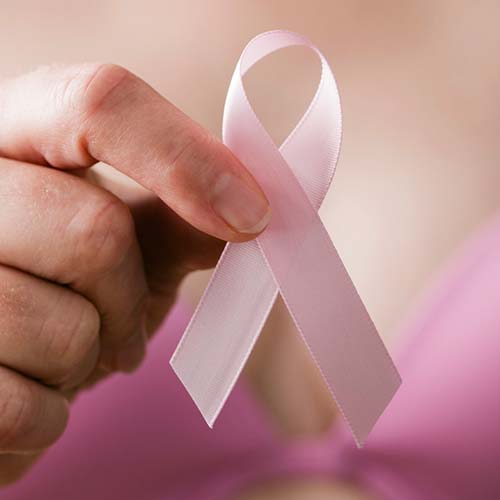
Performing a Breast Self-Examination
Screening methods assist you and your doctor in detecting abnormal areas in your breast. A mammogram is a frequent form of screening. Another is a self-examination of the breasts.
Self-examination can help you grasp what is usual for you so that you can see anything out of the ordinary more readily. Follow these 5 Steps for checking for breast cancer to conduct a breast self-examination:
1) Decide on a date. Because hormones influence how your breasts feel, it’s best to wait a few days after your menstrual cycle has ended. If you don’t have a period, schedule your self-examination for a date on the calendar that you’ll remember, such as the first or fifteenth.
Screening methods assist you and your doctor in detecting abnormal areas in your breast. A mammogram is a frequent form of screening. Another is a self-examination of the breasts.
Self-examination can help you grasp what is usual for you so that you can see anything out of the ordinary more readily. Follow these steps to conduct a breast self-examination:
Decide on a date. Because hormones influence how your breasts feel, it’s best to wait a few days after your menstrual cycle has ended. If you don’t have a period, schedule your self-examination for a date on the calendar that you’ll remember, such as the first or fifteenth.
Visual Examination.
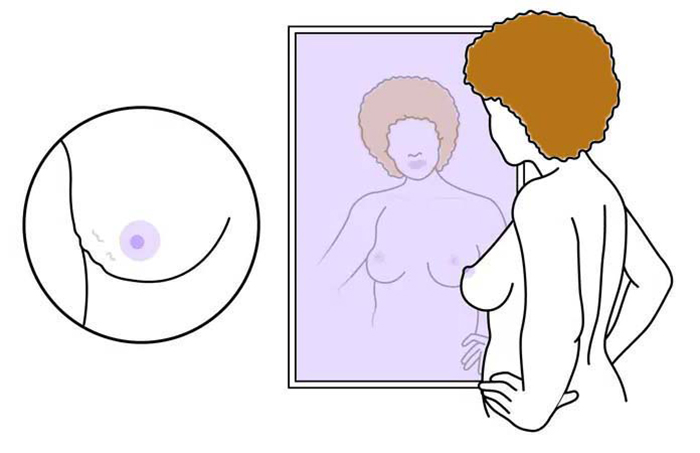
The first step is to conduct a visual examination. Check the breast for dimpling, puckering, discolouration, and any other symptoms or apparent changes while standing shirtless in front of the mirror. Examine your breasts while standing upright and raising your arms above your head, and then with your hands on your hips. To thoroughly inspect each posture, turn from side to side and bend forward in each position.
Feel for lumps with your three middle fingers
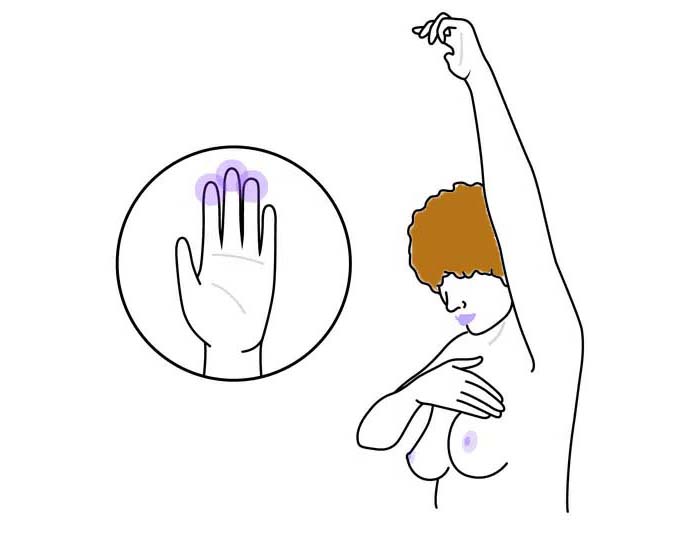
Feel for changes with the finger pads of the three middle fingers once you’ve observed them. Feel the breast using the opposite hand from the one you’re looking at, that is, feel the right breast with your left hand and vice versa. Examine each breast for lumps and thickening, particularly the area beneath the collarbone and under the armpit.
Feel for lumps with an up-and-down motion
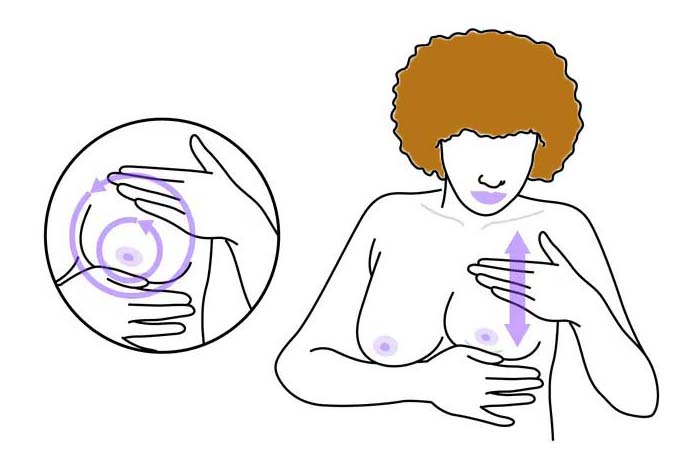
Then, with one hand supporting a breast, use the other to feel for any bumps with an up-and-down motion. Ensure that the entire breast area is covered. In the shower, repeat the process. By running your fingertips over your breasts with warm water and soap, you can make the manual examination easier. In a spiral pattern, start at your nipple and work your way out. Repeat on the opposite breast.
Lie down and feel for lumps with circular or up-and-down motions
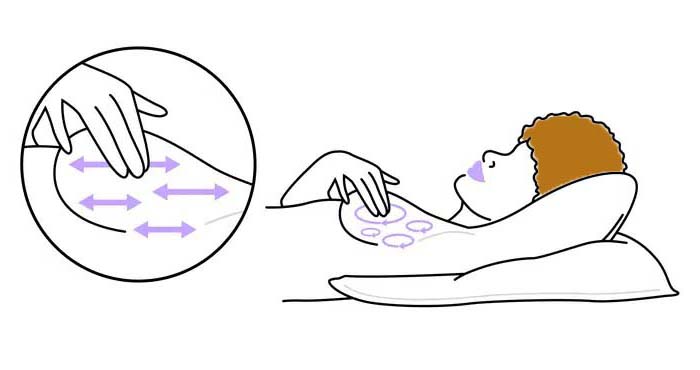
Then, lie down with a cushion under your shoulder on the side of the breast you’ll be looking at initially. Feel around the breast with the opposite hand in a circular or up-and-down motion. Feel for anything that is different from the rest of the breast tissue. To make your hand move smoothly, use a lotion or massage oil.
The examination of the breast may take longer if the breasts are larger, but the techniques and concepts remain the same.
During menstrual periods, the appearance and sensation of the breasts can change. Because it’s usual for them to feel swollen and painful before or during a menstrual cycle, do a monthly breast self-exam three to five days after your period finishes.
Remember to perform the test on the same day each month if you haven’t been menstruating.
Keep a diary. Subtle changes can be difficult to notice, but keeping a diary can help you keep track of what’s going on. Make a note of any strange locations and revisit again in a few weeks. Consult your doctor if you notice any lumps.
Knowing your breasts’ natural size, shape, and look will assist you in recognising symptoms such as:
- Breast lumps or thickening that is not the same as the rest of the breast tissue
- Redness of the breast or nipple’s skin
- Breast dimpling or pitting, akin to the skin of an orange
- Retraction of the skin
- Fluid discharge from the nipple might be bloody or clear.
- A distinct area around the breast that differs from the rest of the breast
- Breast or nipple changes in size, shape, appearance, or feel
- A nipple that has recently inverted
- Areola or breast skin peeling, scaling, crusting, or flaking
Cancerous lumps are firmer and don’t move around as much as non-cancerous lumps, which are generally rubbery and squishy and move around like a marble. Although most cancers feel hard and immobile, this is not the case for all of them.
Around the age of 25, have a doctor assess your breast cancer risk so that you and your doctor can make informed decisions about whether and when to have breast cancer screening exams.
Although having several risk factors does not guarantee that you will get breast cancer, it is best to begin screening as soon as possible. Screening exams, including mammograms, do not prevent disease. Instead, they enable very early detection, which is critical because early detection can improve the outcome of breast cancer.
The following are the key breast cancer risk factors:
- Being born with a female gender assignment
- Having a family history of breast cancer
- Having your menstruation before the age of twelve
- Having your first child after the age of 30
- Having the BRCA1 (breast cancer 1) and BRCA2 (breast cancer 2) genes
What does a lump feel like?
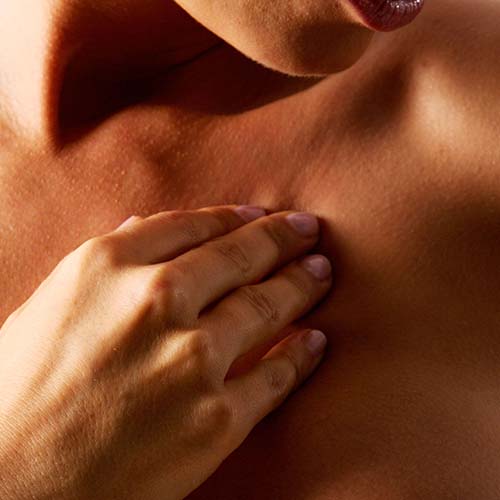
What does a lump feel like?
Breast cancer lumps aren’t all the same size or shape. Any lump should be examined by your doctor, regardless of whether it exhibits any of the symptoms listed below.
A malignant lump in the breast is the most prevalent type:
- Is a dense mass
- Isn’t painful
- Edges that aren’t straight
- When pressed, is immovable (doesn’t move).
- Emerges in your breast’s upper outer part
- Develops over time
These criteria will not be met by all cancerous lumps, and a cancerous lump with all of these characteristics is unusual. A malignant lump can appear anywhere in the breast and feel rounded, soft, and tender. The lump might be painful in some circumstances.
Breast tissue that is dense and fibrous is also found in some women. If this is the case, it may be more difficult to detect lumps or changes in your breasts.
Breast cancer detection on mammograms is also more challenging with dense breasts. Despite the tougher tissue, you may be able to tell when a change in your breast occurs.
What are some of the additional
breast cancer symptoms?
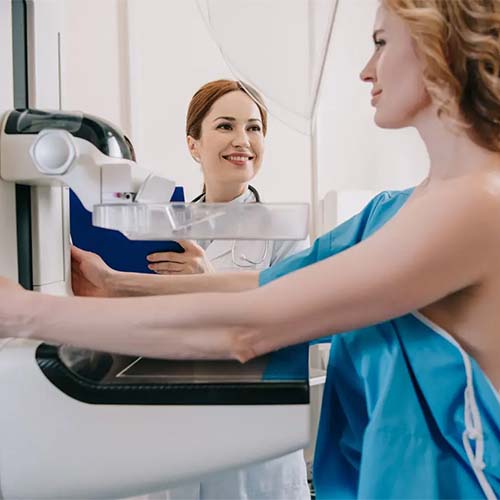
What are some of the additional breast cancer symptoms?
You may have one or more of the following most frequent breast cancer symptoms in addition to a lump:
- Your breasts are swollen entirely or in part
- Nipple discharge (other than breast milk, if breastfeeding)
- Itchiness or scaling of the skin
- Skin redness on the breasts and nipples
- Skin thickening around the breasts and nipples
- A nipple turning inward
- Inflammation of the arm
- A lump beneath the armpit
- Swelling in the area of the collarbone
If you have any of these symptoms, whether or not you have a lump, you should consult your GP. These symptoms aren’t always caused by cancer. Still, you and your doctor should do some tests to figure out what’s going on.
When should I see my GP?

When should I see my GP?
In the United Kingdom, breast cancer is the most prevalent cancer diagnosed in women. However, the majority of breast lumps aren’t malignant. If you notice or feel anything new or odd in your breast during a self-exam, you should consult your doctor.
According to Cancer Research UK, breast cancer is the most common cancer among women, with around 55,500 new cases every year.
Despite the data and recommendations, many women continue to undertake self-examinations. Whether you choose to do self-exams or not, you should talk to your doctor about when you should start getting mammograms.
The most important thing you can do to ensure early identification of breast cancer is to follow approved breast cancer screening standards. The earlier breast cancer is discovered, the sooner treatment can begin, and the better your prognosis.
What should I expect
from my doctor’s visit?
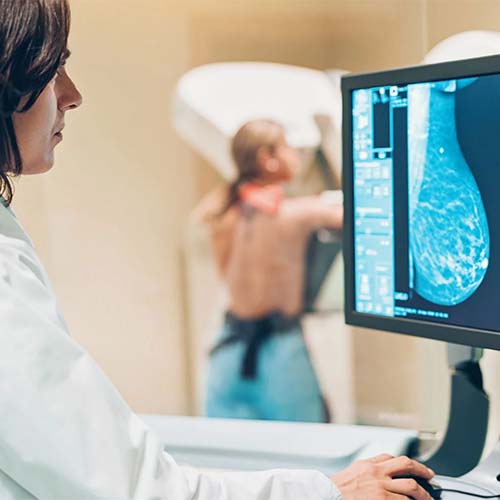
What should I expect from my doctor’s visit?
Make an appointment with your GP. Inform them about the new lump you have discovered as well as any symptoms you’re experiencing. Your doctor will most likely perform a thorough examination of your breasts, as well as adjacent areas such as your collarbone, neck, and armpits.
Your doctor may prescribe more tests, such as mammography, ultrasound, or biopsy, based on what they find.
A period of watchful waiting may also be recommended by your doctor. You and your doctor will continue to monitor the lump for any changes or growth throughout this period. Your doctor should start tests to rule out cancer if there is any growth.
Tell your doctor everything you’re worried about. If you have a personal or family history that puts you at a higher risk for breast cancer, you may wish to pursue diagnostic testing to determine whether your breast lump is cancer or something else.
Breast cancer risk factors
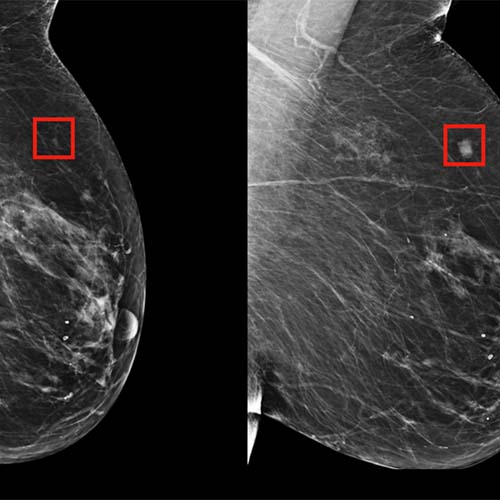
Breast cancer risk factors
Breast cancer is more likely to occur if you have certain risk factors. Some risk factors are unavoidable; however, others can be mitigated or even eliminated depending on your lifestyle choices.
The following are the most important breast cancer risk factors:
- Gender. Breast cancer is more common in women than in men.
- Age. Women over the age of 55 are more likely to develop invasive breast cancer.
- Family History. If a first-degree relative has had breast cancer, such as a mother, sister, or daughter, your risk is doubled.
- Genetics. Breast cancer may be caused by genes handed down from generation to generation in a tiny percentage of cases.
- Race. Hispanic/Latina and Asian women are marginally less likely than White and African-American women to acquire breast cancer, according to the National Cancer Institute. Triple-negative breast cancer, which is more aggressive and more likely to occur at a younger age, is more common among African-American women. African-American women are also more likely than white women to die from breast cancer.
- Weight. Breast cancer is more likely if you are overweight or obese.
- Breast conditions that aren’t harmful. Certain benign (noncancerous) breast disorders can increase your chances of acquiring breast cancer later in life.
- Hormones are used. Your risk of breast cancer is likely to be greater if you have taken or are now utilising hormone replacement treatment (HRT).
- History of menstruation. An early menstrual period (before the age of 12) can increase your chances of developing breast cancer.
- Late menopause. Delayed menopause (55 years old and over) may expose you to extra hormones, increasing your risks.
- Breast tissue that is dense. Women with thick breast tissue, according to studies, are more likely to acquire cancer. The tissue may also make it more difficult to identify cancer.
- A sedentary way of life. Those who do not exercise on a regular basis have a higher risk of breast cancer than women who exercise frequently.
- Tobacco consumption. Breast cancer is increased by smoking, especially in younger women who have not yet reached menopause.
- Consumption of alcohol. Your risk of breast cancer may increase with each drink you consume. While some research suggests that consuming a little amount of alcohol is harmless, heavy alcohol use has been linked to an increased risk of breast cancer.
Breast cancer in men
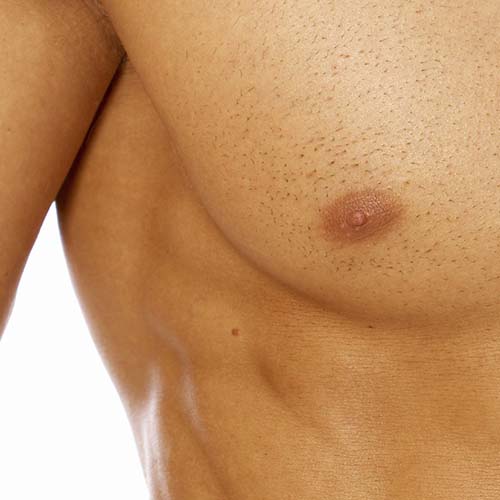
Breast cancer in men
It is mostly women who get diagnosed with breast cancer. However, men do also have breast tissue and can get breast cancer. Despite this, men account for fewer than 1% of all breast cancer cases.
Breast cancer symptoms in men are the same as breast cancer symptoms in women. These signs and symptoms include:
- A bulge in one of your breasts
- An inward-turning nipple (inverts)
- Nipple ache
- The nipple’s discharge
- The skin of the breasts may be red, dimpling, or scaling.
- Nipple redness or blisters, or a ring around the nipple
- Armpit lymph nodes swollen
Breast cancer can spread or metastasize to other regions of the body in men, just like it can in women. It is critical to diagnose cancer at an early stage. This way, you and your doctor can start treating the malignancy right away.
While breast cancer in men is uncommon, there are certain known risk factors. Check out this list of male breast cancer risk factors and learn ways to lower your risk.
Breast lumps can also be caused
by a variety of other disorders.
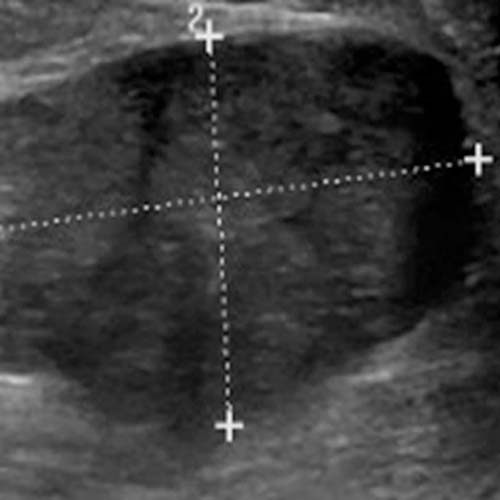
Breast lumps can also be caused by a variety of other disorders.
Breast cancer isn’t the only cause of odd lumps in the breasts. These other factors could possibly be to blame:
- Lymph nodes swollen
- Cysts
- Infection caused by germs or viruses
- A reaction to shaving or waxing on the skin
- Responses to allergens
- A development of noncancerous tissue (fibroadenoma)
- A fatty tissue expansion (lipoma)
- Lymphoma
- Leukaemia
- Lupus
- Mammary glands that are enlarged or blocked
A lump in your armpit or breasts is unlikely to be breast cancer, but any strange locations should be discussed with your doctor. A physical exam will most likely be performed by your doctor to rule out any potential causes for strange lumps.
Summary
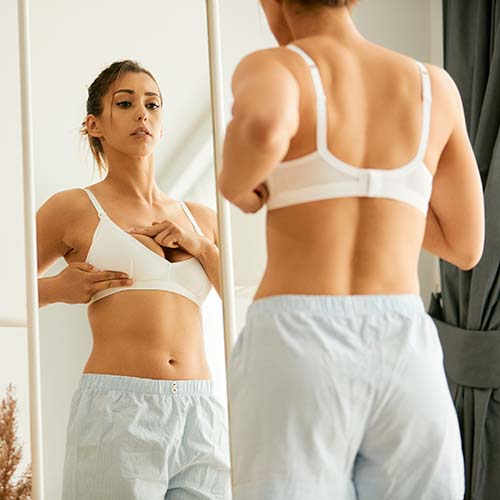
Summary
It’s your body, and it’s the only one you’ve got. If you discover a lump or are experiencing any strange symptoms, you should seek medical advice.
Your GP may be able to tell if your bump is malignant based on a physical examination. If you’re concerned about the new signs and symptoms, don’t be afraid to ask for more testing to determine the cause of your tumour.


